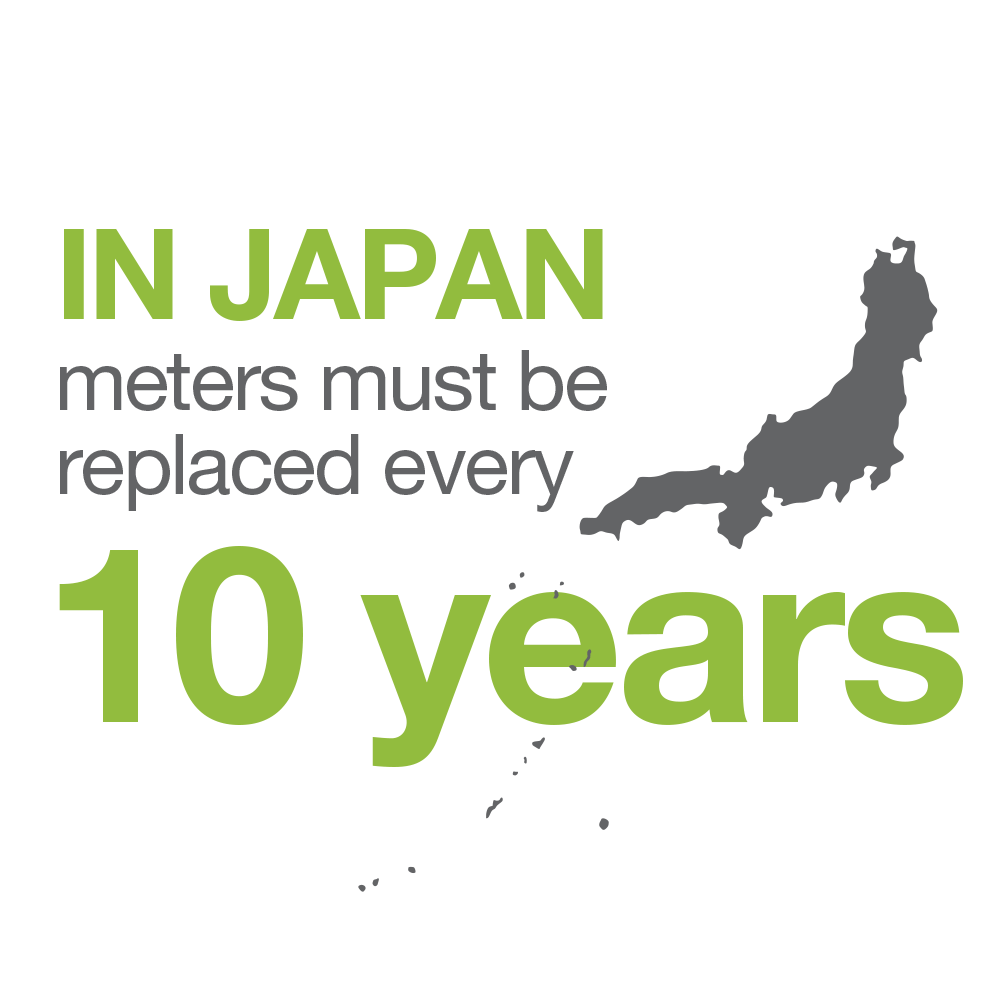Dense urban populations. Increasing resource demands. Energy capacity constraints. Many cities in the Asia Pacific region are long familiar with these challenges. The solutions now being explored, however, are relatively recent. Grid modernization and public-private partnerships are the centerpiece of a revolutionary smart city vision.

 TOKYO
TOKYO
Future-proof smart grid deployment
In Japan, meters must be replaced every 10 years, and the nation faces a host of other urban and regulatory challenges. This requires utilities like TEPCO, which serves one-third of Japan’s population, to be exceptionally forward thinking in their smart grid strategy. TEPCO is working toward building a truly smart city in Tokyo with an end-to-end energy management platform that is able to lay the groundwork for greater connectivity with consumers and critical city infrastructure.
U.S. utilities stand to benefit from the technology and network interoperability standards required for this project.
HONG KONG
Leverage public-private partnerships
Hong Kong is a densely populated and dramatically vertical city — with half of its citizens living or working above the 15th floor. In fact, land is so scarce that high-rise living is the only option most individuals and families can afford. This density creates sustainability challenges.
CLP Hong Kong, a privately owned regional power company that provides electricity to 80 percent of the city (or 5.9 million customers), is committed to partnering with the community to explore new ideas for building a smart city and to reach the goals of the Smart Energy Initiative.
In the U.S., city governments are working with utilities to drive sustainability initiatives. In Seattle, which adopted an aggressive community goal of carbon neutrality by 2050, the electric utility (Seattle City Light) is already carbon neutral.
SYDNEY
Test new technologies
The potential for an “Internet of Things” (IoT) creates opportunities to test new applications that can advance environmental initiatives.
“Smart Grid, Smart City,” a $100 million demonstration project funded by a number of government agencies and contributions from private organizations, tested smart grid and green technologies at thousands of trial locations in Sydney and throughout Australia. The locations represented a wide range of geographic, demographic and climate characteristics and energy consumption patterns — with the goal of providing data and an informed examination of the potential benefits and costs.
The goal of the Smart Cities Initiative in the U.S. is also to use cities as test beds for IoT applications. The success of the project will also require collaboration among the public and private sectors.
TAIWAN
Consider microgrid technology
Microgrid technology, once considered a niche application for remote communities or military bases, is now growing in popularity as a tool for grid modernization.
Taiwan and adjacent islands rely on imports for 98 percent of their energy needs. As a result, the nation is exploring the use of renewable energy to ensure a more reliable electrical supply. Because they can maintain reliability and increase penetration of renewable energy into the regional grid, microgrids are proving to be the most promising technology.
In the U.S., major regulatory changes to utility rate structures and increases in solar PV adoption are contributing to the importance of microgrid solutions as components of renewable integration strategies.